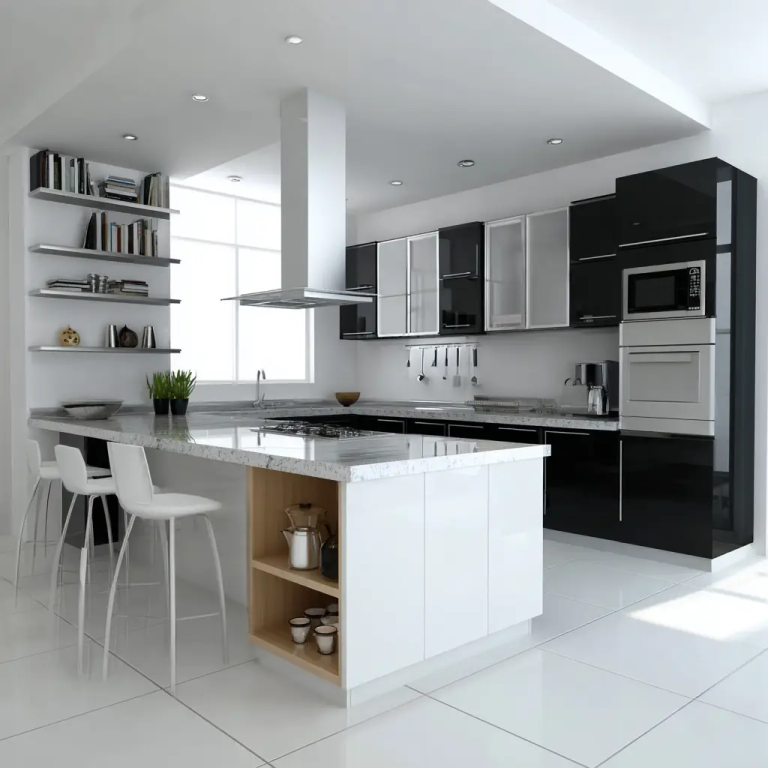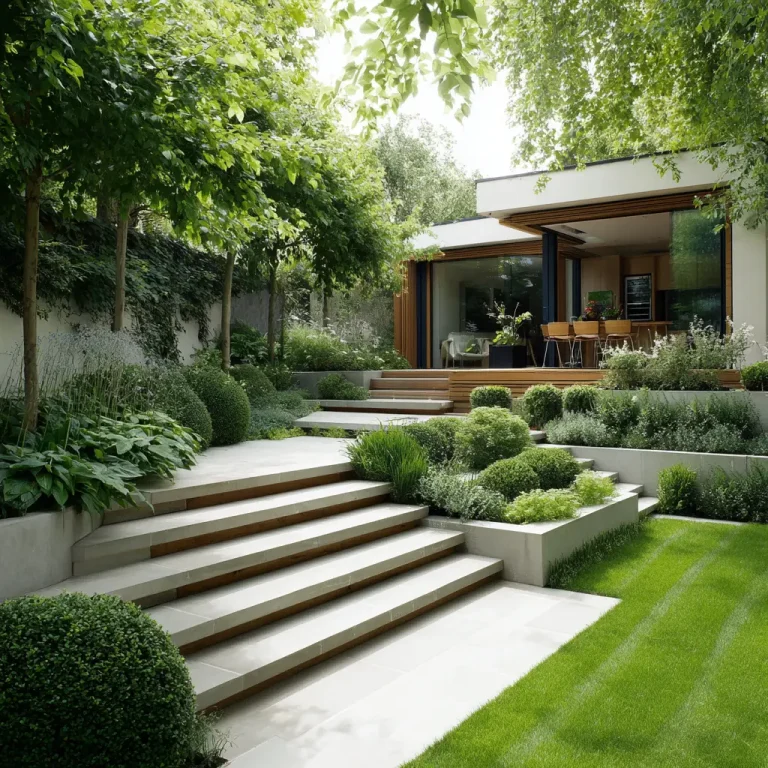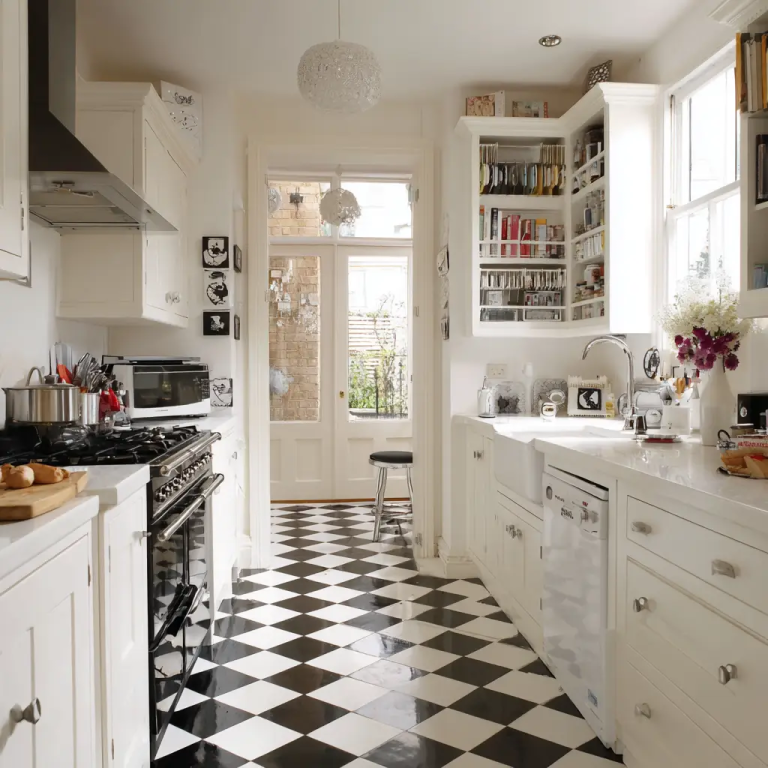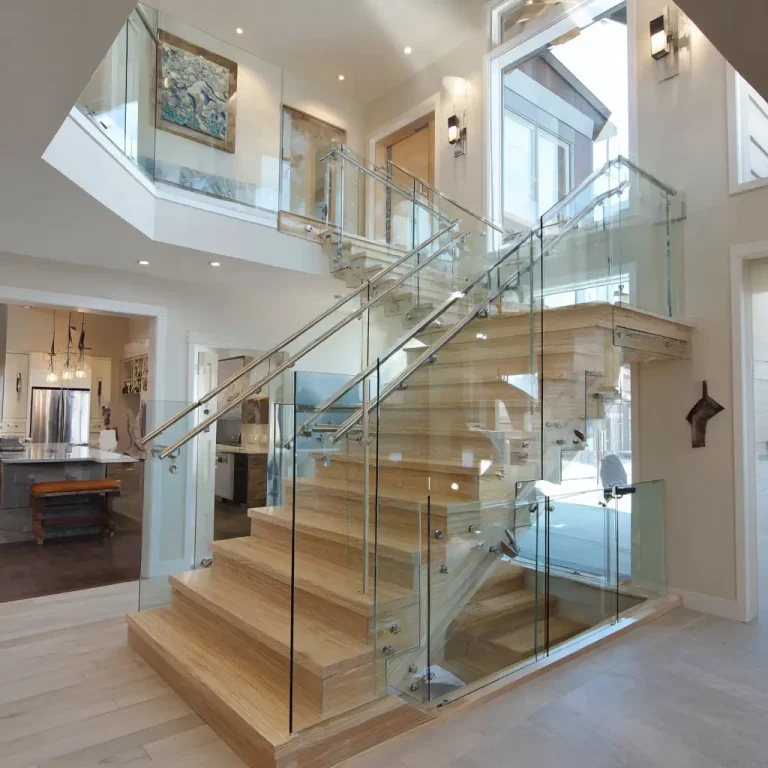Garage Organization Ideas for Kids’ Stuff
Kids’ items can take over a garage quickly—bikes leaning against the car, balls rolling under shelves, craft supplies in half-torn boxes. While it’s great to have everything out of the main living space, a disorganized garage can turn into a source of daily frustration. The key is to set up storage systems that work with how kids use their stuff. Here are over ten practical and creative garage organization ideas tailored to families, so kids’ things are easy to access, easy to clean up, and most importantly—out of the way when not in use.
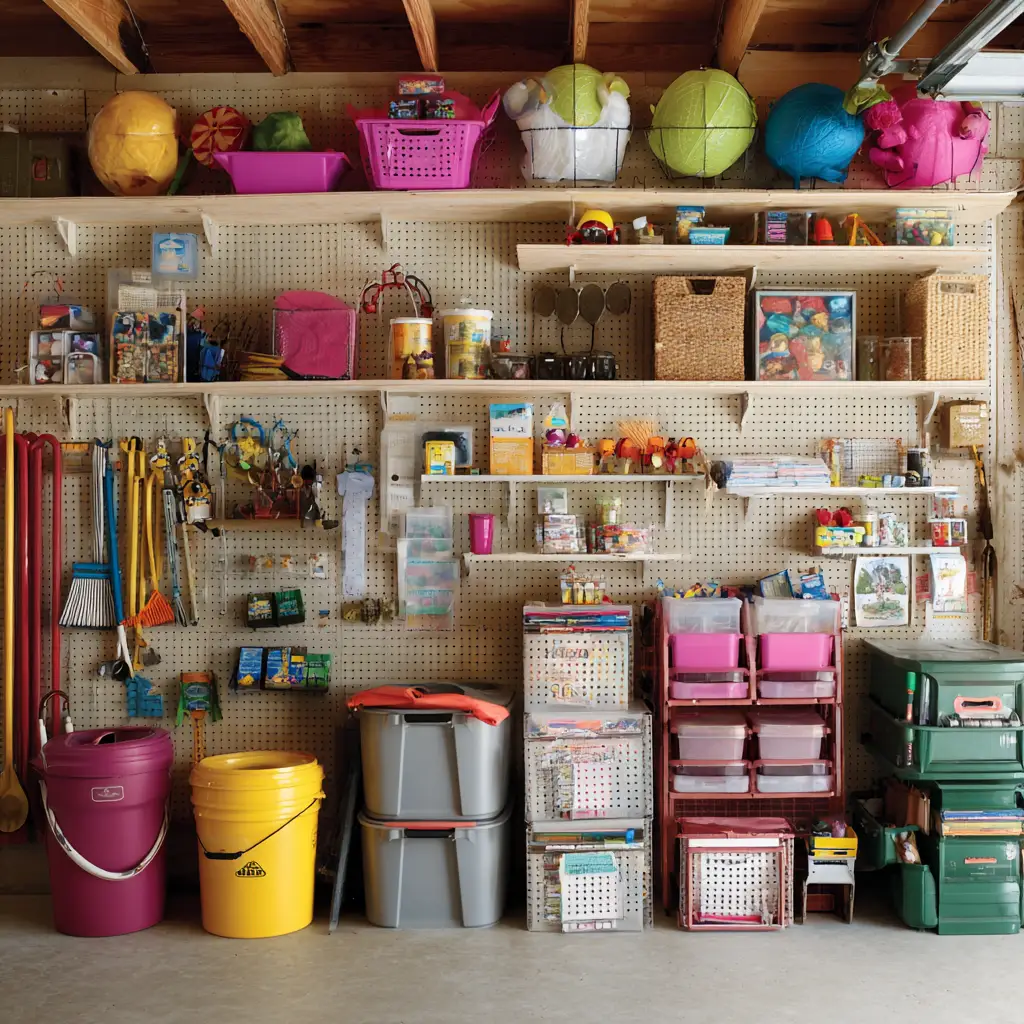
1. Use Clear Storage Bins
Clear plastic bins are one of the easiest and most affordable ways to store a wide variety of kids’ items. Being able to see through them helps kids and parents alike quickly identify what’s inside without digging. You can dedicate bins to themes like “outdoor toys,” “beach gear,” or “building blocks.” For added efficiency, use stackable bins to save floor space, and attach easy-to-read labels (or even pictures for young kids) on the front. Store them on metal shelving units to create a tidy, upright storage wall.
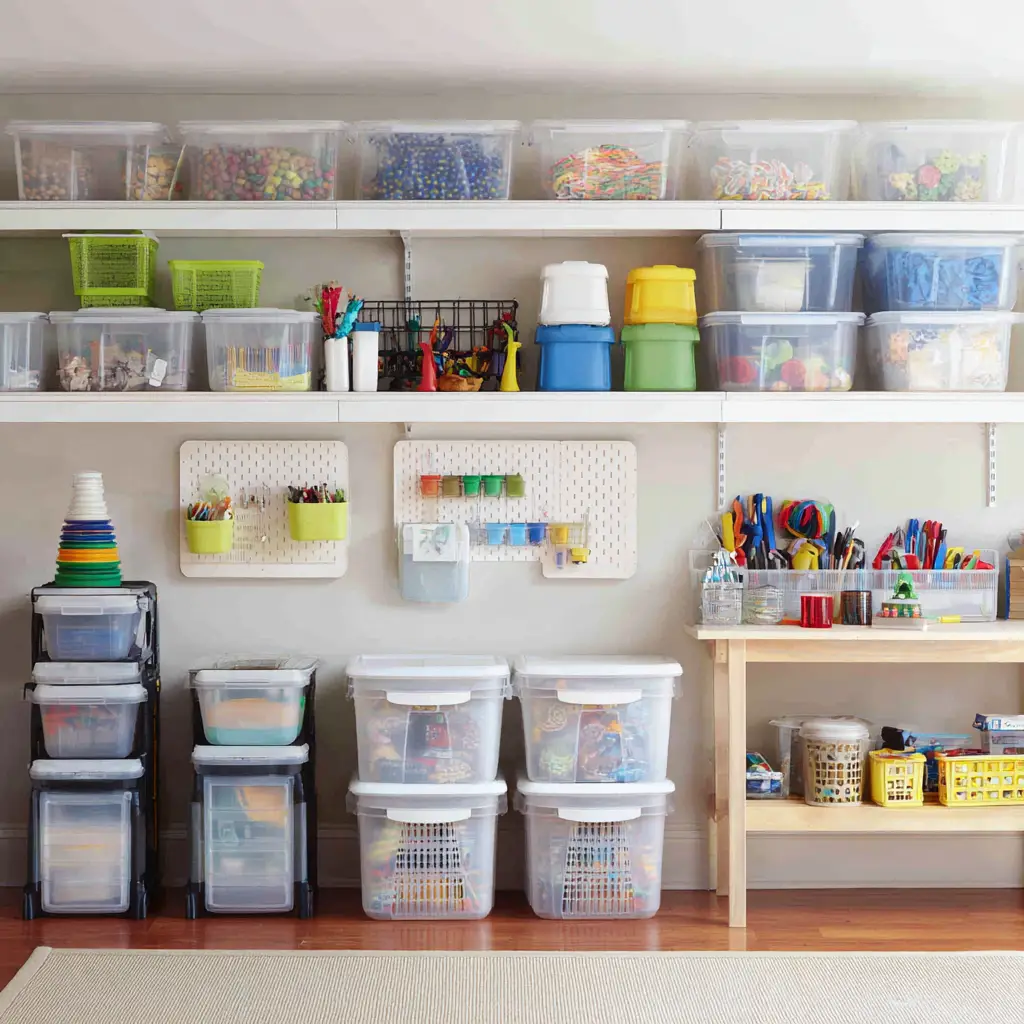
2. Create a Toy Parking Zone
Turning part of your garage into a “parking lot” for ride-on toys makes it fun for kids to put their stuff away. Use colored floor tape or outdoor paint to create boxes or lanes labeled for bikes, scooters, wagons, and even mini cars. This not only keeps the garage neat but also encourages responsibility and independence. Kids love mimicking adults, so “parking” their scooter like mom parks the car can be an engaging daily routine.
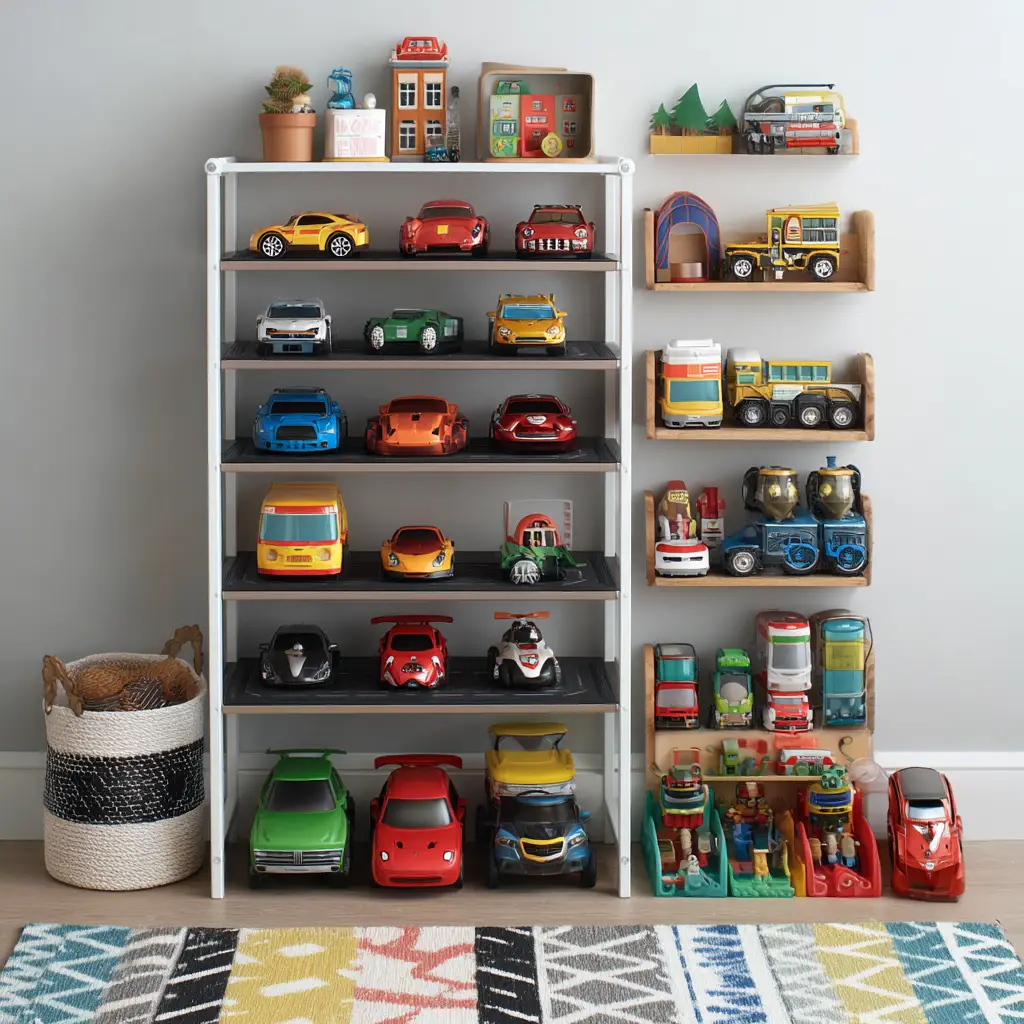
3. Install Wall-Mounted Pegboards
Pegboards are a garage favorite because of their versatility. Instead of limiting them to tools, install one at a lower height where kids can reach. Add baskets, bins, and hooks to hold lightweight outdoor gear like skipping ropes, small balls, chalk, bubble wands, and toy helmets. It keeps everything visible and easy to grab. You can even let kids decorate their section of the board to give them a sense of ownership and pride in keeping it organized.
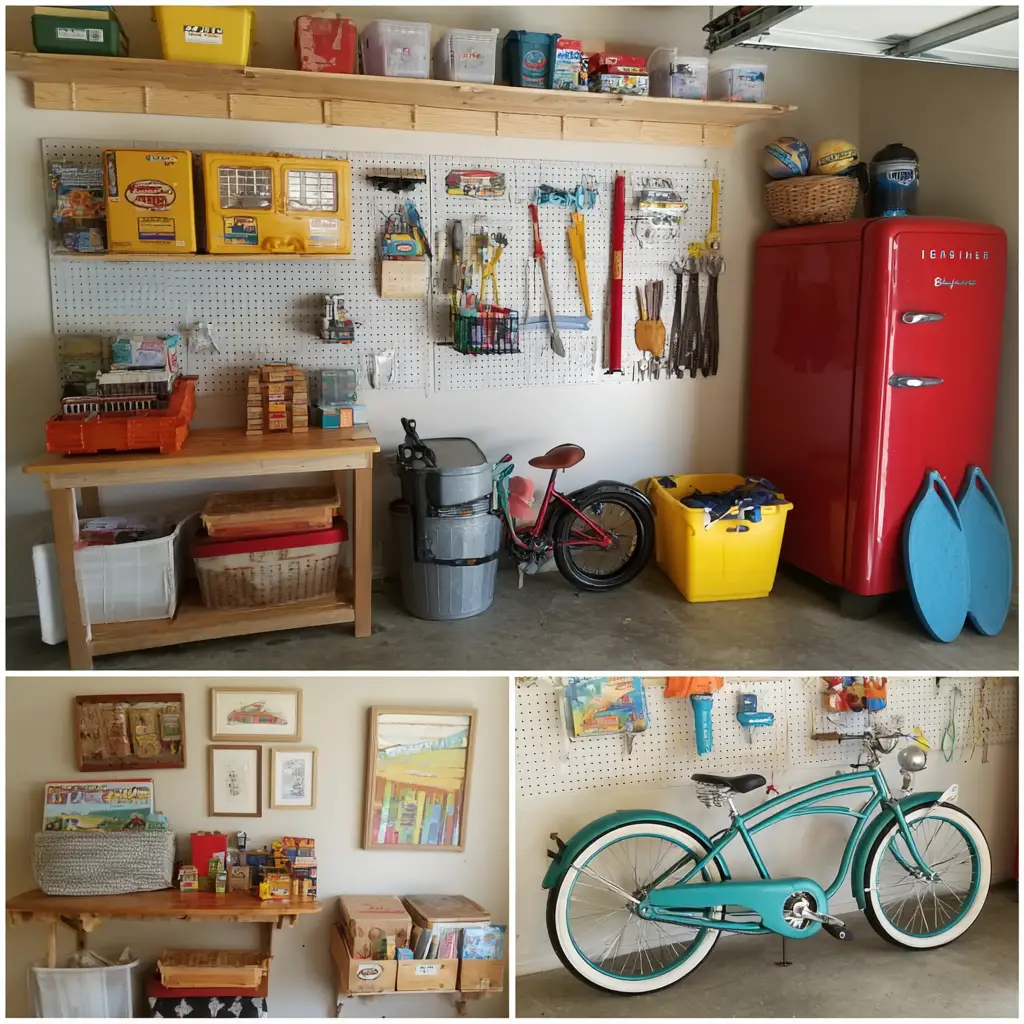
4. Add Cubbies or Lockers
Giving kids a designated space helps prevent fighting and confusion. Cubbies or small lockers offer personal spots where kids can stash their sports bags, shoes, art projects, or nature treasures they pick up outside. You don’t need to buy fancy units—repurpose an old bookshelf by turning it on its side, or build a DIY cubby from crates or plywood. Assign a section to each child and label it with their name and maybe a fun photo or sticker.
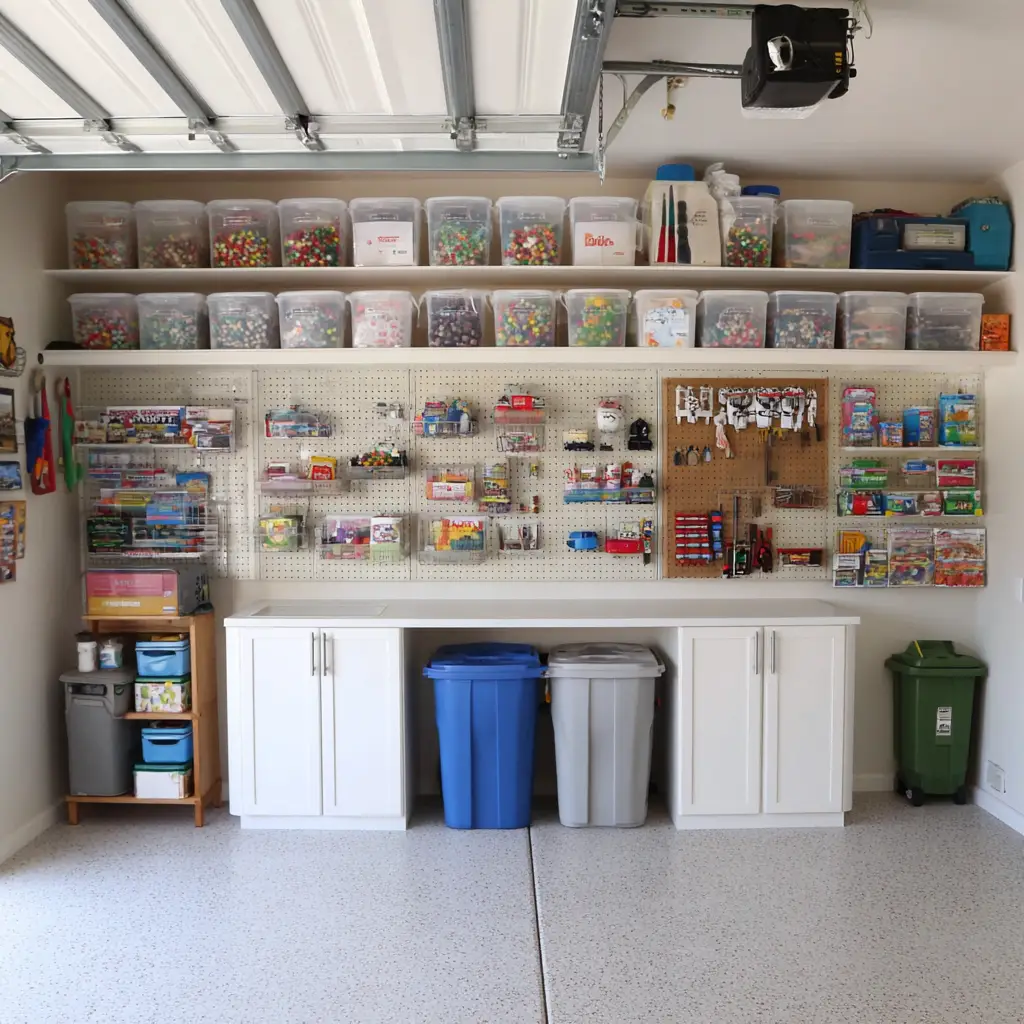
5. Use Hanging Mesh Bags
When it comes to items that don’t stack well—like soccer balls, pool noodles, or sand toys—mesh bags are your best friend. They allow airflow, which helps wet or dirty toys dry out instead of getting musty. Hang the bags from sturdy hooks on the wall or ceiling so that kids can toss items in and pull them out without adult help. You can even assign a color-coded bag to each child to make sorting and clean-up more intuitive.
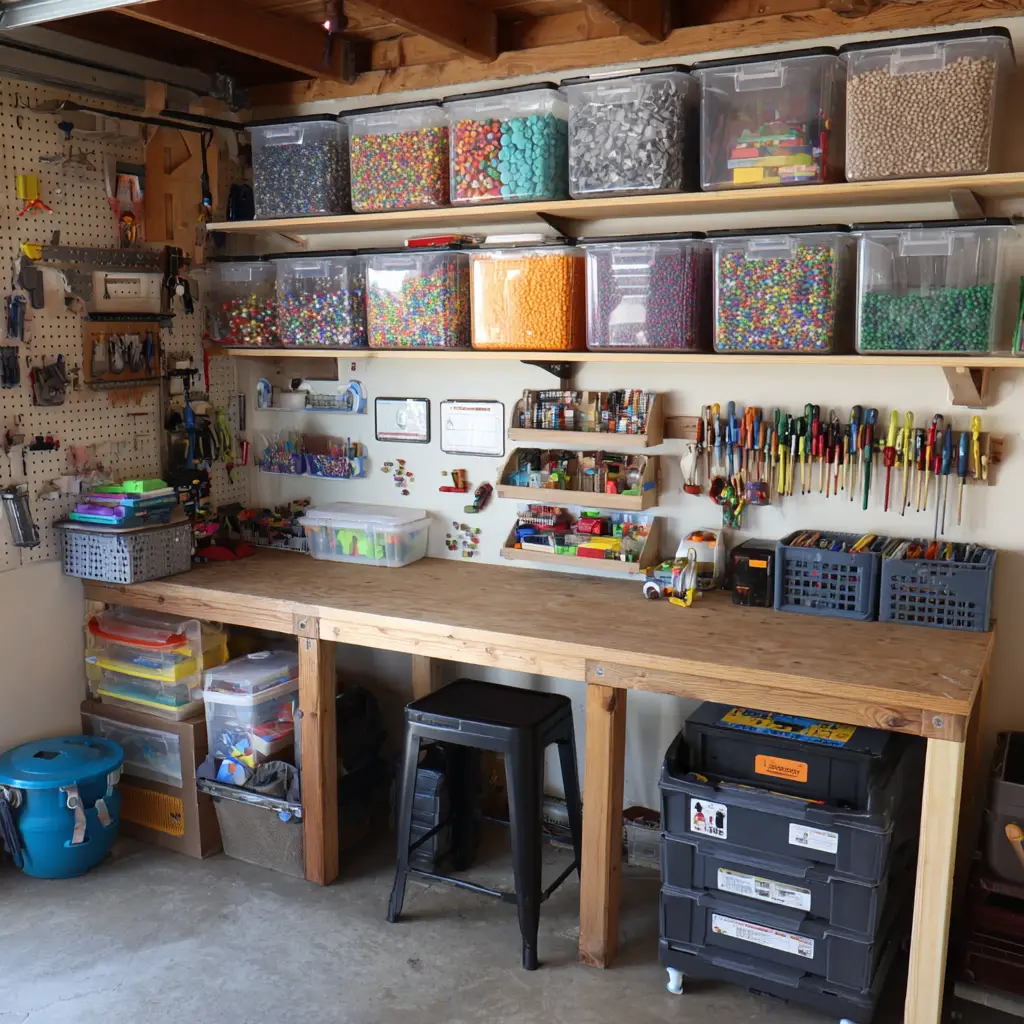
6. Label Everything with Pictures
Even the most beautifully organized garage can turn chaotic if no one remembers where things belong. Using picture labels alongside words helps younger kids who can’t yet read. You can print out images of toys, tools, or categories (like a ball, a pair of gloves, or a truck) and stick them on bins, drawers, and doors. Not only does this promote literacy, but it also creates a visual system that works for all ages—and reduces how often you’re asked, “Where’s my stuff?”
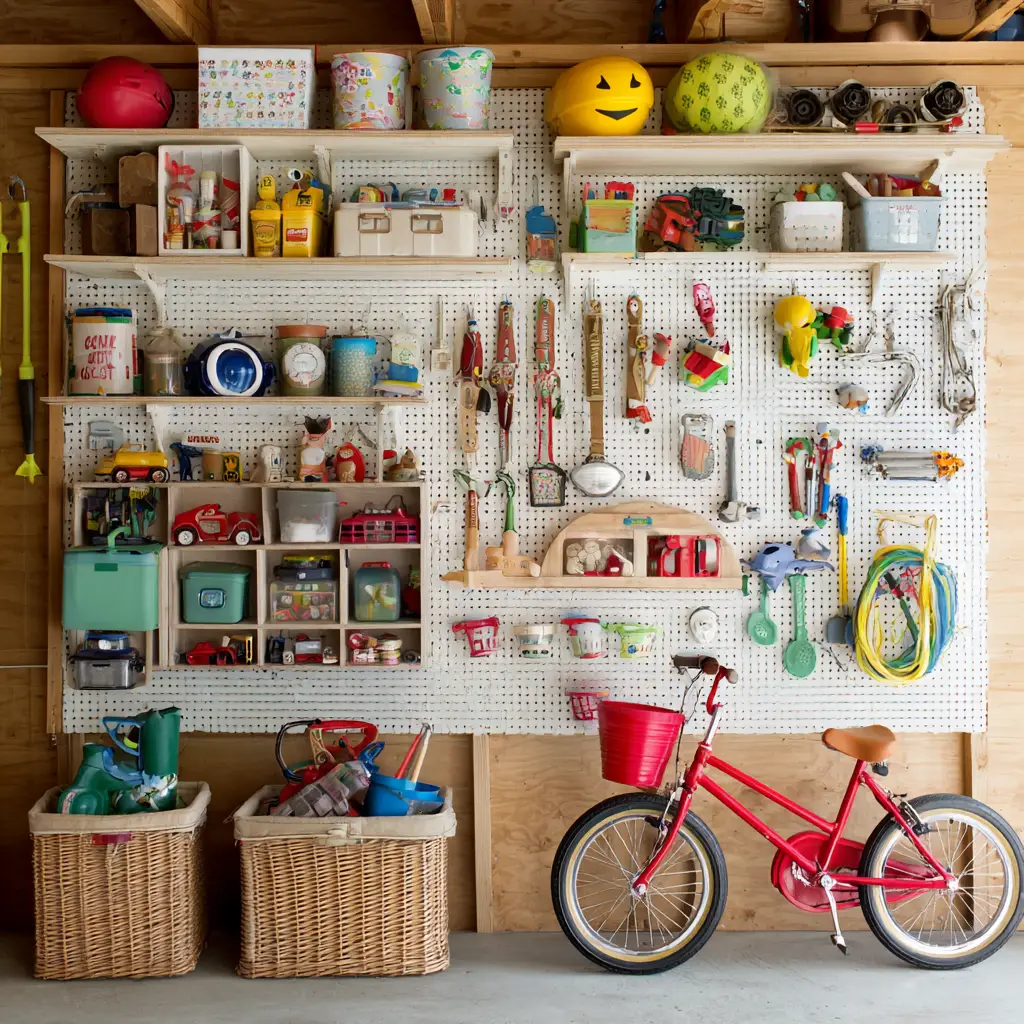
7. Set Up a Craft Station
Craft supplies tend to get lost or scattered, especially when stored with general toys. Create a dedicated craft corner using a rolling cart or shelf unit. Use plastic containers with lids to separate crayons, glue, scissors, and stickers. Add a small folding table nearby for an instant workspace. If you hang a pegboard or wall organizers above the table, even better—you’ll free up shelf space and keep sharp tools out of reach of little hands.
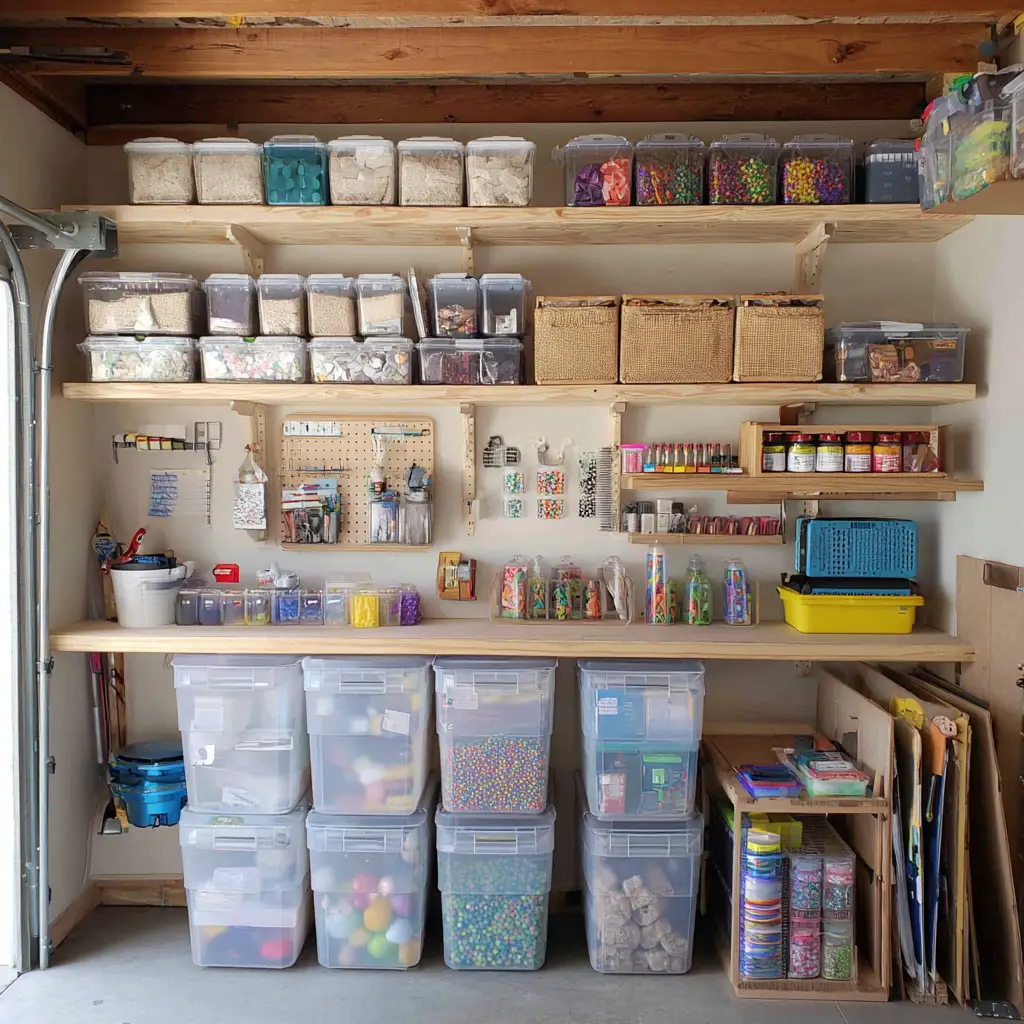
8. Use Magnetic Strips for Small Metal Toys
Toy cars, magnetic puzzles, and play tools often end up underfoot or at the bottom of a bin. A clever fix? Mount magnetic strips to a board or directly on a wall to hold all those small metal items. It looks neat, keeps toys accessible, and prevents pieces from getting lost. Bonus: kids love sticking and unsticking things, so cleanup can actually become part of playtime.
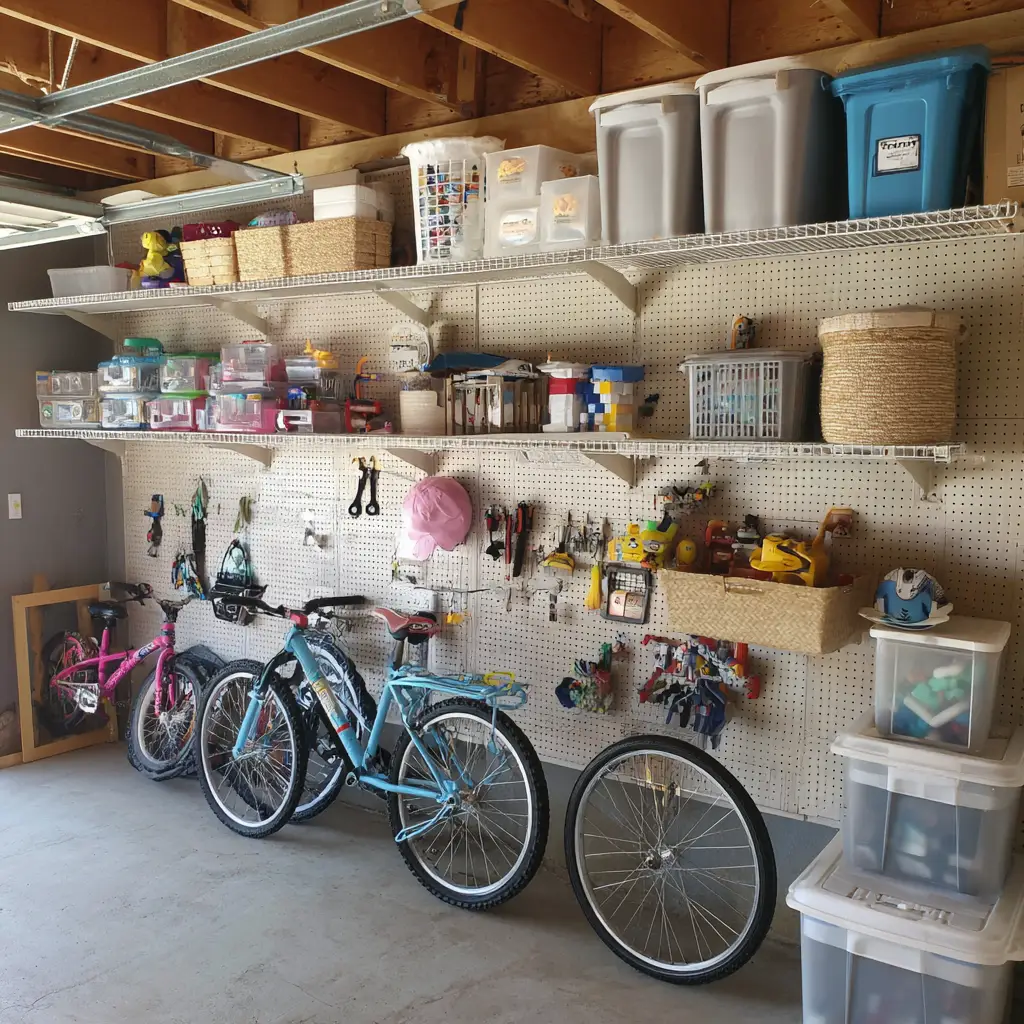
9. Create a Seasonal Gear Rotation
Kids don’t need access to snow boots in July or beach buckets in January. Use high shelves, labeled bins, or ceiling-mounted storage systems to rotate toys and gear based on the season. Keeping out only what’s relevant reduces clutter and keeps things fresh. You can even turn it into a seasonal ritual—at the start of spring, swap sleds for gardening kits and celebrate the change in weather together.
10. Hang Bikes with Kid-Friendly Racks
Bikes take up a lot of room, and many storage solutions are too high or heavy for kids to use safely. Choose wall-mounted bike hooks that are low enough for your child to reach—or floor-standing racks that work like a slot system. If you’ve got multiple children, label each spot so there’s no confusion or arguing about whose bike goes where. Encourage your kids to return bikes to their place each day as part of your daily cleanup routine.
11. Add a Mini Command Center
Keep your family’s schedule, reminders, and even kids’ art projects in one accessible spot. Install a small dry-erase board, calendar, and bulletin board on a garage wall near the door. You can add hooks for keys, backpacks, or daily essentials. This not only teaches organization but gives kids a sense of inclusion in the family’s daily rhythm. It’s also a handy station for managing garage-based activities like gardening or sports.
12. Repurpose an Old Shoe Organizer
Shoe organizers with clear plastic pockets are great for holding more than shoes. Hang one on the back of a door or wall and fill the compartments with water balloons, action figures, chalk, sunglasses, gardening gloves, and more. Because everything is on display and off the floor, kids can find and return things on their own, which cuts down on mess—and questions.
FAQs
How can I encourage my kids to keep the garage tidy?
Start by making organization part of your family’s routine. Keep systems simple and age-appropriate. Assign each child their own space or responsibility (like returning balls or checking the craft bin), and model consistency by using the system yourself. Rewards or charts can also help reinforce positive habits.
Is it safe to store kids’ toys in the garage?
Yes, with a few precautions. Make sure all hazardous items—like tools, paints, and chemicals—are stored out of reach or in locked cabinets. Keep toys off the damp floor using shelves, bins, or hanging systems to prevent mold and damage. Good lighting and ventilation also make the garage safer and more inviting for kids.
What’s the best way to deal with oversized toys?
Designate a specific wall or corner for large items like wagons, mini cars, or climbers. Use heavy-duty hooks, bungee cords, or even wall slings to keep them secure and upright. Avoid stacking them where they could fall or block pathways, and consider purging any items that are no longer age-appropriate or used.
How often should I reorganize the garage?
Aim for a mini cleanup each month and a full reorganization at the start of each season. Kids grow fast, and their interests change, so what worked last year might not fit anymore. Regular decluttering helps you stay ahead of the chaos and teaches kids that tidiness is an ongoing process, not a one-time event.
Conclusion
Organizing kids’ items in the garage doesn’t have to be an overwhelming project. With a little planning and a lot of labels, you can create a kid-friendly space that’s easy to maintain and enjoyable to use. Whether you implement a few changes or go all-in with a new layout, the payoff is worth it: more space, less stress, and kids who learn the value of keeping their things in order. Start small, stay consistent, and soon your garage will become a model of family-friendly organization.
